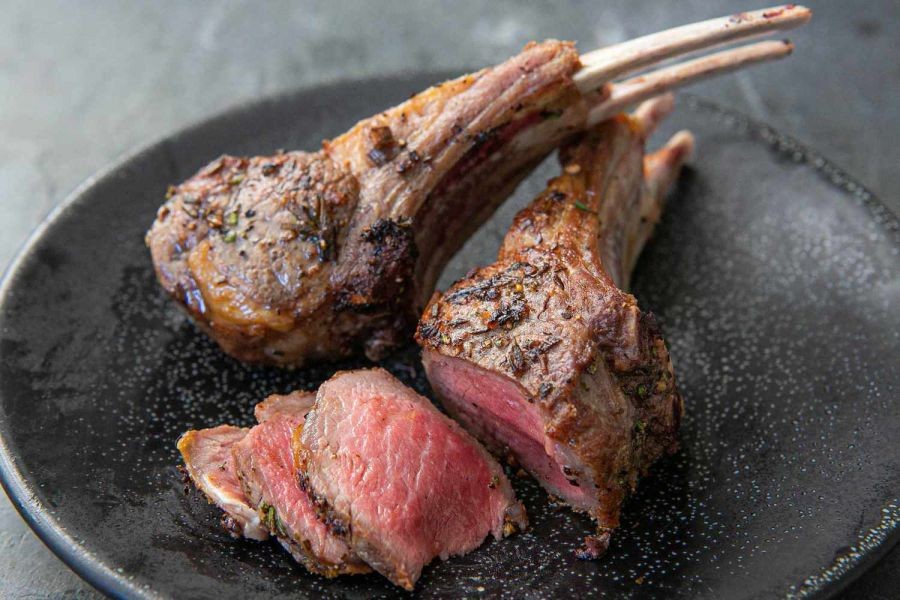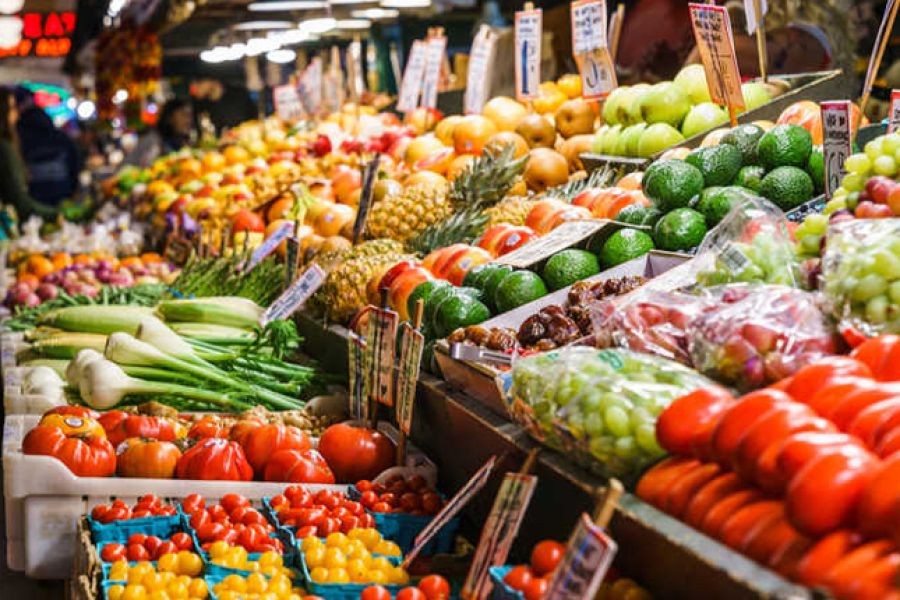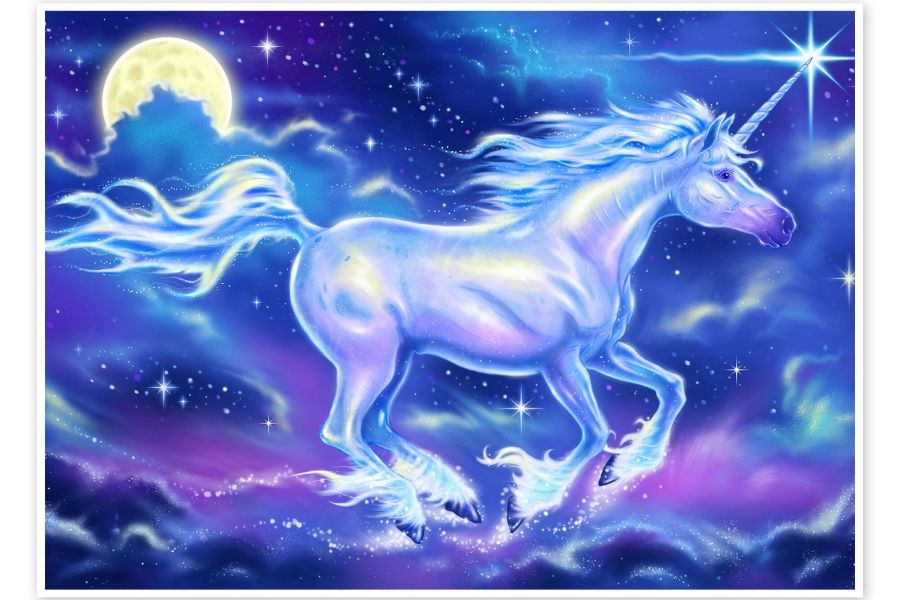In the lush pastures of New Zealand, lamb production is not just a business—it's a way of life. However, New Zealand’s lamb faces stiff competition on the global stage, particularly from Argentina’s robust lamb industry. This article dives into a comprehensive comparison between these two titans of the sheep farming world, aimed at providing management consultants with a nuanced understanding of the global lamb market, relevant industry trends, and implications for New Zealand’s economy.
Understanding the Global Lamb Market
New Zealand and Argentina are two of the world's leading lamb producers. New Zealand, with its abundant grazing lands and advanced farming techniques, has long been synonymous with premium lamb. The Reserve Bank of New Zealand notes that agriculture, including lamb production, contributes significantly to the country's GDP, underscoring its economic importance. Meanwhile, Argentina, known for its vast pampas and rich agricultural history, presents a formidable competitor with its own unique strengths in lamb production.
Data-Driven Insights: Production and Export Statistics
According to Stats NZ, New Zealand exported approximately 400,000 tonnes of lamb in 2022, generating over NZD 3 billion in revenue. This robust export market is vital to the country's economy, reflecting global demand for high-quality lamb. Argentina, on the other hand, exported around 200,000 tonnes of lamb, primarily to neighboring countries and select global markets, highlighting its strong regional influence.
Case Study: New Zealand's Lamb Industry
Problem: New Zealand faced challenges with fluctuating market prices and competition from alternative protein sources.
Action: The industry invested in innovative farming practices and marketing strategies to enhance the perception of New Zealand lamb as a sustainable and premium product.
Result: This strategic shift resulted in a 15% increase in export prices and expanded market reach, particularly in Asia.
Takeaway: Emphasizing sustainability and quality can significantly enhance market competitiveness.
Pros and Cons of New Zealand and Argentine Lamb
Pros of New Zealand Lamb
- Quality Assurance: New Zealand’s strict regulatory framework ensures high-quality production standards.
- Sustainability: Focus on sustainable farming practices enhances brand reputation globally.
- Export Reach: Strong global presence with established markets in Europe and Asia.
Cons of New Zealand Lamb
- High Production Costs: Advanced farming techniques and regulations can drive up costs.
- Market Volatility: Global price fluctuations can impact profitability.
- Competition: Increasing competition from other protein sources.
Pros of Argentine Lamb
- Cost-Effectiveness: Lower production costs due to extensive farming methods.
- Regional Dominance: Strong presence in South American markets.
- Cultural Heritage: Rich culinary traditions support domestic consumption.
Cons of Argentine Lamb
- Limited Global Reach: Less established in global markets compared to New Zealand.
- Quality Variability: Less stringent regulations can lead to inconsistent quality.
- Environmental Concerns: Extensive farming methods can impact sustainability.
Myths and Realities in the Lamb Industry
Myth: "All lamb is created equal."
Reality: New Zealand lamb is often preferred for its quality and sustainability, while Argentine lamb is favored for cost-effectiveness.
Myth: "Lamb production is environmentally detrimental."
Reality: New Zealand’s focus on sustainable practices mitigates environmental impacts, challenging this misconception.
Future Trends and Predictions
Looking ahead, the global lamb market is poised for transformation. By 2028, it is predicted that New Zealand's lamb exports will increase by 20%, driven by demand in Asian markets (Source: MBIE). Additionally, sustainability and traceability will become even more critical as consumers demand more transparency in their food sources.
Final Takeaways and Call to Action
- Quality and Sustainability Matter: New Zealand’s focus on these aspects positions it well for future growth.
- Embrace Innovation: Leveraging technology and sustainable practices can enhance competitiveness.
- Understand Market Dynamics: Awareness of global trends can inform strategic decisions.
If you’re a business looking to capitalize on these trends, consider integrating sustainable practices into your operations to meet consumer demand and enhance your market position. Share your thoughts below or engage with industry experts to explore these opportunities further!
People Also Ask
How does lamb production impact New Zealand’s economy? Lamb production is a significant contributor to New Zealand's GDP, with the agriculture sector accounting for a substantial portion of export revenues.
What are the biggest misconceptions about New Zealand lamb? One common myth is that all lamb is environmentally harmful. However, New Zealand’s sustainable farming practices challenge this misconception.
Related Search Queries
- New Zealand lamb exports 2023
- Sustainable lamb farming practices
- Argentina vs New Zealand lamb quality
- Global lamb market trends 2023
- New Zealand agricultural policies






























